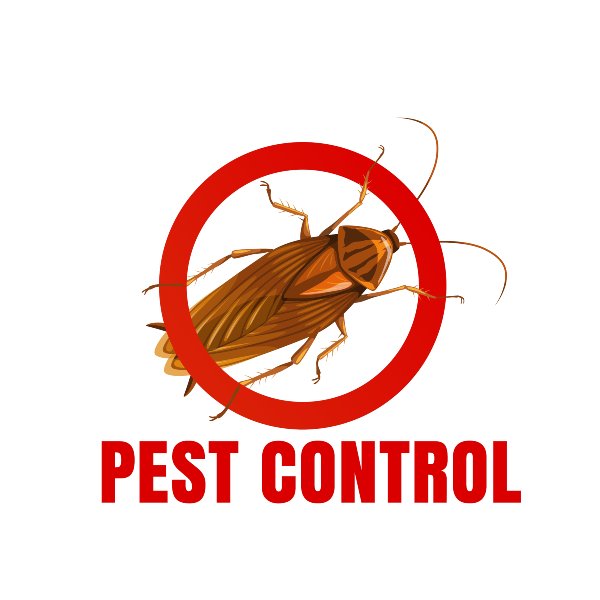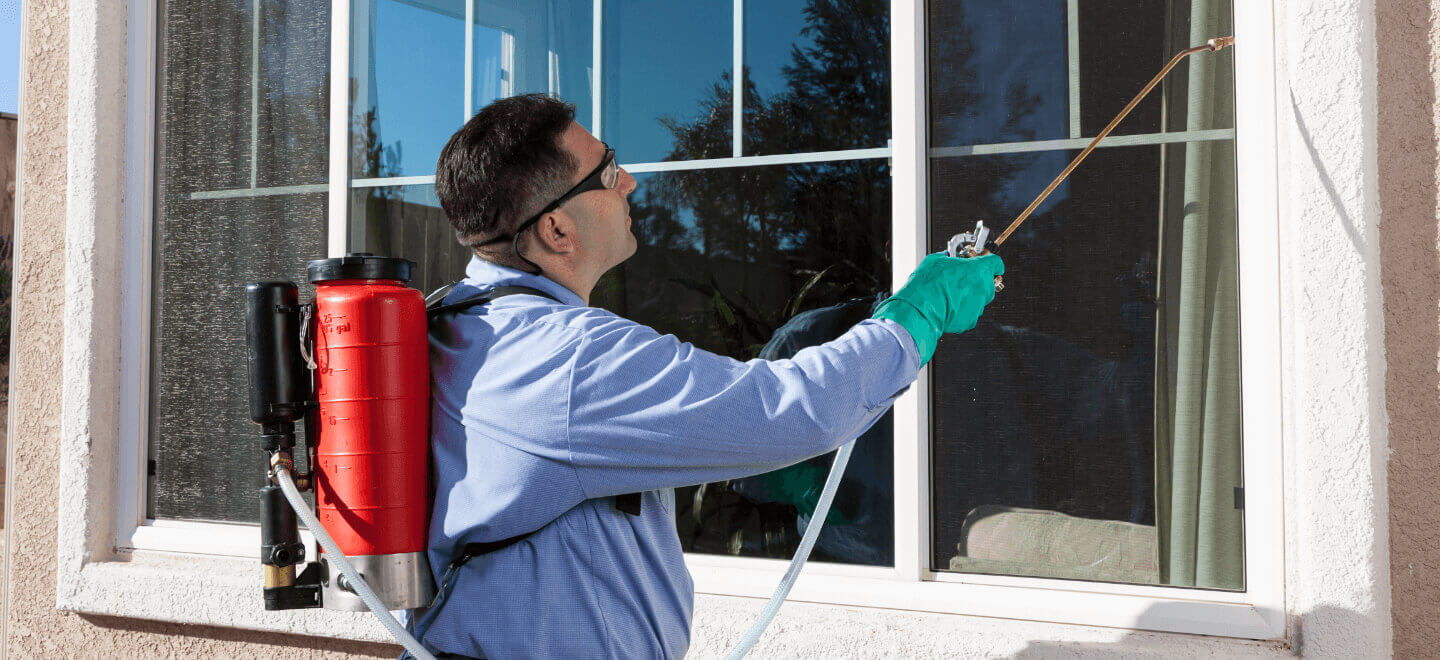Relied On A1 Exterminator Charlotte NC - Comprehensive Pest Solutions
Relied On A1 Exterminator Charlotte NC - Comprehensive Pest Solutions
Blog Article
Bed Pest Therapy Malfunction: Comparing Chemical Vs. Non-Chemical Solutions
In the world of parasite control, specifically when dealing with the persistent issue of bed pests, the choice between chemical and non-chemical treatment options can be a pivotal one. Both techniques provide distinctive benefits and downsides, affecting factors such as efficiency, security considerations, and total expense. By analyzing the nuanced information of each technique, a more clear understanding of which path to pursue in attending to a bed pest infestation can be achieved.
Efficiency of Chemical Therapies
Chemical treatments for bed insect invasions have actually been extensively identified for their rapid and powerful efficacy in getting rid of these bugs. When thinking about the performance of chemical treatments, it is vital to recognize that they can provide a thorough and quick remedy to a bed pest trouble. Expert exterminators usually rely upon pesticides to target bed pests at numerous stages of their life process, consisting of adults, fairies, and eggs. These chemicals usually function by interrupting the bed bugs' nervous system, resulting in paralysis and eventual death.
Furthermore, chemical therapies have the benefit of offering recurring impacts, suggesting that they can proceed to remove bed pests also after the preliminary application. This recurring activity is particularly useful in combating any possible re-infestations. In addition, the quick activity of chemical treatments can bring relief to individuals facing severe bed pest problems, enabling them to restore control of their home promptly.
Safety And Security Interest In Chemical Solutions
One essential facet that calls for mindful factor to consider when making use of chemical services for bed pest therapy is guaranteeing the safety and security of residents and the atmosphere. Exposure to specific chemicals made use of in bed pest therapies can lead to respiratory system issues, skin irritation, or other adverse responses, particularly in individuals with pre-existing conditions or sensitivities.
In addition, the ecological impact of chemical remedies is one more significant factor to consider. Some chemicals used in bed bug therapies may be unsafe to helpful pests, wildlife, and ecosystems if they leach right into the dirt or water systems. It is important to use chemical therapies judiciously, complying with safety and security guidelines, and considering less poisonous options to minimize these dangers and ensure the risk-free and reliable management of bed bug infestations.
Benefits of Non-Chemical Methods
Considering the potential safety worries and environmental impact connected with chemical services for bed pest therapy, checking out non-chemical approaches offers a promising alternative with numerous unique benefits. Non-chemical methods provide a more secure alternative for homes, specifically those with pets, people, or children sensitive to extreme chemicals. These methods get rid of the risks of exposure to toxic substances, minimizing the possibility for unfavorable health results. Furthermore, non-chemical treatments are ecologically friendly, as they do not add to air or water air pollution, making them a lasting option for insect control.
Furthermore, non-chemical services can be effective in targeting bed bugs, consisting of hard-to-reach areas find out here where chemical treatments may not penetrate - A1 charlotte pest control companies. Techniques such as warm treatment, vacuuming, steam cleaning, and mattress coverings supply detailed obliteration without the usage of unsafe chemicals.
Limitations of Non-Chemical Treatments

Additionally, non-chemical therapies commonly need multiple applications to accomplish effective elimination. This can be taxing and may not constantly assure full removal of all bed insects and their eggs, specifically in hard-to-reach or covert locations.
Moreover, the success of non-chemical therapies heavily relies on appropriate execution and thoroughness, which can be challenging for people without specialist expertise. Insufficient application of non-chemical approaches may result in incomplete obliteration, resulting in relentless infestations and the requirement for extra therapies.
Consequently, while non-chemical therapies have their benefits, it is necessary to acknowledge these restrictions and consider them when establishing one of the most effective method for handling bed insect infestations.
Expense Comparison: Chemical Vs. Non-Chemical Options
Offered the restrictions associated with non-chemical treatments, an essential facet to examine in the context of bed insect administration is the cost comparison in between More Help chemical and non-chemical options. In contrast, non-chemical therapies like warmth therapy or steam can be more expensive, with costs ranging from $1,000 to $6,000 for an entire home. While the preliminary expense of chemical treatments might seem lower, numerous treatments might be needed to completely get rid of the invasion, potentially enhancing the general price.
Final Thought

Thinking about the potential safety problems and ecological effect associated with chemical remedies for bed pest therapy, exploring non-chemical techniques provides an encouraging alternative with a number of unique benefits.Given the constraints associated with non-chemical treatments, a necessary aspect to evaluate in the context of bed bug monitoring is the cost contrast in between chemical and non-chemical options. In contrast, non-chemical treatments like warmth treatment or heavy steam can be a lot more costly, with expenses varying from $1,000 to $6,000 for an entire home. While the preliminary expense of chemical treatments might seem lower, several treatments may be needed to totally get rid of the infestation, potentially enhancing the overall expense.In final thought, when contrasting chemical and non-chemical bed bug treatment alternatives, it is vital to consider effectiveness, safety and security, advantages, constraints, and expense.
Report this page